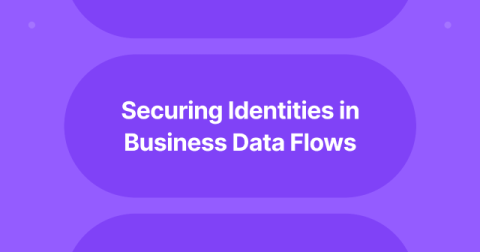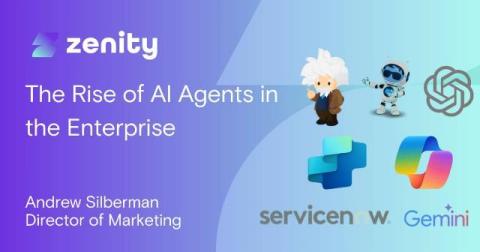Behind the Scenes at KubeCon 2024 with Teleport
A huge THANK YOU to everyone who stopped by our booth at hashtag#KubeCon + hashtag#CloudNativeCon in Salt Lake City From building our signature purple booth to delivering hands-on demos, spinning the prize wheel, taking pictures with PAM, and connecting with all of you—it was an unforgettable week!











